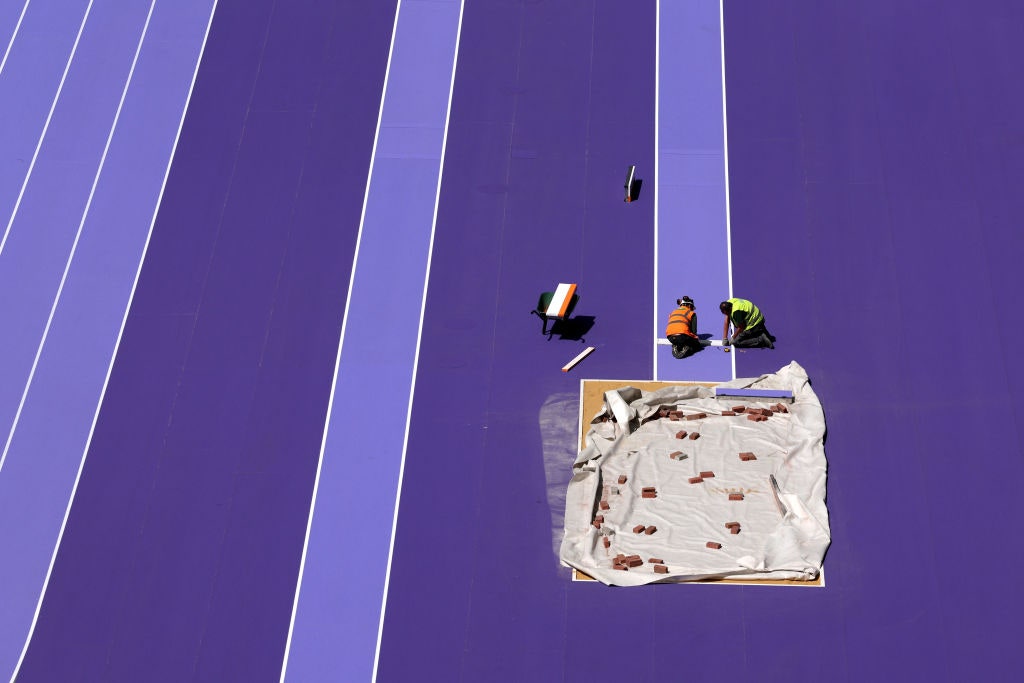THIS STORY ORIGINALLY appeared in WIRED in Spanish and has been translated from Spanish.
Traditionally, the athletics track at an Olympic stadium is red. However, at the 2024 Summer Olympics it will be purple, to match the event colours chosen by the Paris organising committee. But there is another difference: it is made from recycled shells produced by the fishing industry, as part of the 2024 Olympics’ commitment to sustainability.
Resilient flooring, such as that on athletics tracks, is made from calcium carbonate, which is typically mined. Instead, the company that designed the track for the 2024 Summer Olympics, Mondo, partnered with a fishing cooperative to harvest shells from bivalve mollusks in the Mediterranean Sea, such as mussels and clams, which are rich in the material. The shells would otherwise have gone to waste.
The track is functionally identical to a traditional one, with the aim of consolidating the creation of a new resilient and sustainable sports pavement.
Stadium staff work on the long jump track inside the Stade de France.Photograph: Richard Heathcote/Getty Images
Mondo partnered with Nieddittasan Italian fishing cooperative specialising in molluscs, to obtain the materials it needed. Its fishermen cleaned and dried the waste shells of the collected mussels and clams, ground them into a fine powder and sent the material to the flooring manufacturer to make the track. The scientists in charge of the project worked on perfecting the technique for three years.
The sports industry can reduce its ecological impact by using seashells in this way. The extraction of limestone and marble for calcium carbonate produces carbon emissions as well as mining waste. According to Mondo, building a track with biogenic calcium carbonate offsets the emissions of a Euro 4 diesel vehicle travelling 60,000 kilometres. “The project is a forward-looking example of a long-term commitment to sustainability and local communities,” he says. Nieddittas he said in a press release.


